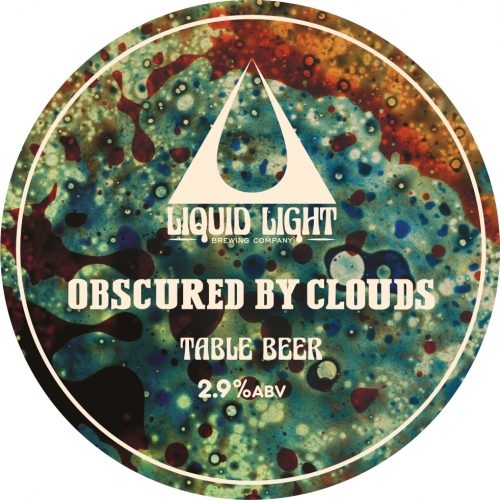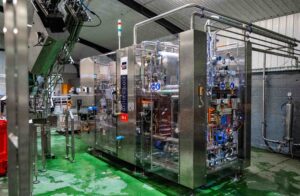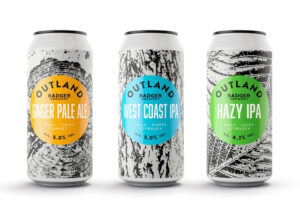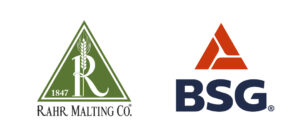This is Thom stone’s recipe for his West coast American pale ale. and once you’ve had a go and making this, Thom highly recommends having a go at formulating your own.
This is my recipe for a West Coast style American Pale ale. I have included malt extract and all grain versions. Exact strike and sparge temperatures will depend on what kit you are using. Homebrew equipment has come on leaps and bounds since I last brewed at this scale so I will leave that to your own experience with your gear.
I have left out any water additions as this will be dependent on source water. When using extract, I can recommend using RO (reverse osmosis) water, usual available from local Aquarium supplies store or garden centre.
This is because malt extract will innately have its own water profile due to the process of making it. General rule of thumb for a beer like this is to lean towards sulphates over chlorides, roughly in a 2 to 1 ratio.
Although some brewers swear by all-in-one water treatment products, I personally like to use separate Calcium Chloride and Calcium Sulphate. This gives you much more control over your ratios and gives you more choice of water profiles for various styles.
Bitterness level here may look low, but I have always found that it is best to err on the side of caution at this scale. It’s very easy to overdo the IBU’s with a high alpha hop like Simcoe. However, Simcoe does have a low cohumulone percentage, meaning the bitterness should be smoother than some other hops of similar AA%. However, if you know your kit and what bitterness levels you like then go ahead and tweak the early additions to suit.
Once crashed go ahead and package as desired. Although when I first brewed this, I was still bottle conditioning, it didn’t take long for me to graduate to corny kegs. A batch size of about 23 litres should leave you with around 19L of beer for a corny after all losses to yeast and dry hops. Make sure you syphon gently to the bottom of a clean purged corny, trying to avoid oxidation.
Once you’ve brewed a few other people’s recipes or cloned a few commercial beers I can highly recommend having a go at formulating your own. There are lots of free websites and apps for recipe formulation (one of my personal favourites being BrewFather). Before you know it, you will be writing more recipes than you possibly have time to brew just for fun… or is that just me.
Recipe
5.3% ABV / 12.5 Plato
85% efficiency
Batch Volume: 23l
Boil Time: 60 min
Mash Water: 16.64 L
Sparge Water: 13.96 L
Total Water: 30.6 L
Boil Volume: 27.5 L
Pre-Boil Gravity: 1.046
Temperature — 65 °C — 60 min
Vitals
Original Gravity: 1.050
Final Gravity (Fixed): 1.010
IBU (Tinseth): 32
BU/GU: 0.64
Colour: 7.7 EBC
Malts (380 g) If using malt extract, steep these grains in muslin bags in wort for 30 mins @70°C
190 g (4.5%) — Caramel/Crystal Malt — Grain — 19.7 EBC
190 g (4.5%) — Briess Carapils — Grain — 2.6 EBC
Other (3.85 kg)
3.85 kg (91%) — Muntons Light Malt Extract — Liquid Extract — 4.9 EBC
OR
4 kg (91.3%) — Crisp Extra Pale Malt — Grain — 3.4 EBC
Hops (223.4 g)
3.4 g (7 IBU) — Simcoe 13% — Boil — 60 min
30 g (9 IBU) — 5% — Boil — 10 min
40 g (17 IBU) — Simcoe 13% — Boil — 5 min
50 g — Simcoe 13% — Aroma — 0 min 80°C hopstand
100 g — Simcoe 13% — Dry Hop — day 5
Yeast
2 pkg — Fermentis US-05 Safale American 81%
Fermentation
Primary — 19-21°C — 4 days
Dry Hop — 14 °C — 3 days
Crash — 3 °C — 7 days
Carbonation: 2.4 CO2-vol









